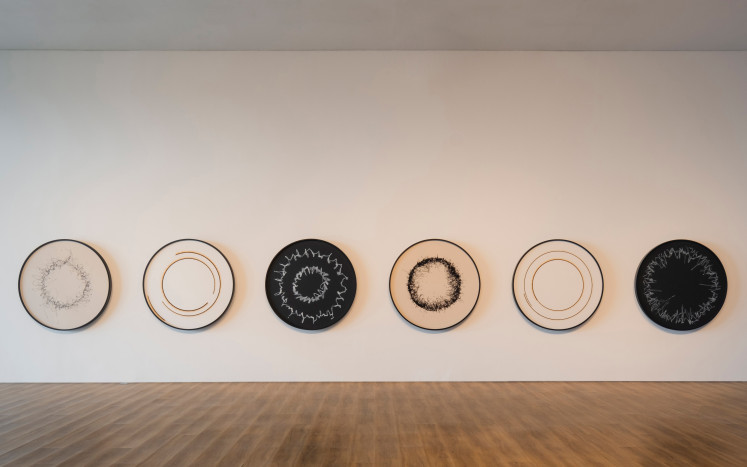Popular Reads
Top Results
Can't find what you're looking for?
View all search resultsPopular Reads
Top Results
Can't find what you're looking for?
View all search resultsCambodian villagers' lives upended by Angkor Wat protection plan
Houses will be flattened as the Cambodian government clears 10,000 families living within the Angkor Wat temple complex.
Change text size
Gift Premium Articles
to Anyone
O
n a white canvas, Chan Vichet painted an image of the Hindu deity Shiva, oblivious to the clanging sound of Cambodian soldiers loading the remnants of his neighbour's demolished home onto a truck.
The artist has worked on the fringe of the Angkor Wat temple complex for seven years, making a living selling paintings inspired by the jungle and ancient ruins to tourists.
Now his home and gallery will be flattened as the Cambodian government clears 10,000 families living within the sprawling UNESCO world heritage site, and many of those facing eviction are unhappy.
"Since I heard about the relocation plan, I have felt numb," Chan Vichet told AFP.
"I have to force myself to work to fund my family's livelihood, but I don't have full concentration or creativity."
Authorities say they are acting to protect the ruins by moving squatters whose informal settlements are damaging the local environment by producing rubbish and overusing water resources.
Once their home is demolished, Chan Vichet and his family will move 25 kilometres away to Run Ta Ek -- a new community on former rice paddies that are currently still a construction site.



















